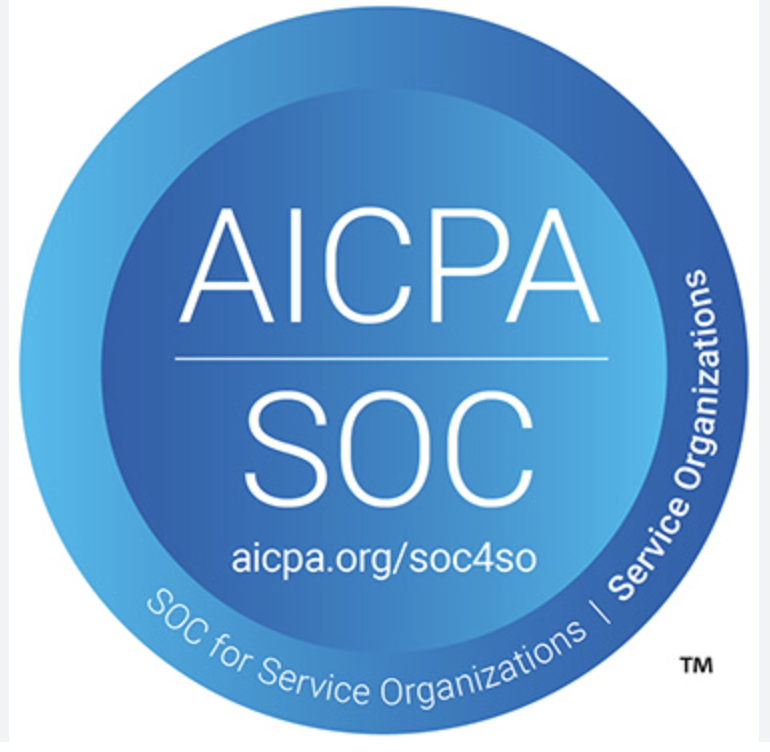Lyra Health
Lyra Health, a leading provider of innovative mental health benefits for more than 2.2 million global employees and dependents, is transforming mental health care by creating a frictionless experience for members, providers, and employers. Using matching technology and an innovative digital platform, Lyra quickly connects companies and their employees - plus spouses and children - to world-class therapists, mental health coaches, and personalized medication prescribing.
See Resources
Resources
Hitrust
September 2023
SOC2 Type II
Nov 2025
ISO27001
ISO 27001:2022 certificate
Lyra Health Pen-test Summary
Privacy Policy
To learn more about our privacy click below
Security Webpage
To learn more about our security click below
Subprocessors List
Lyra's SIG Questionnaire
Lyra Health CAIQ
HECVAT Lite
FAQs
Is Lyra SaaS?
No. Unlike SaaS offerings, there are no software or per-seat licenses, there is no application or thin-client that needs to be installed, and there is no administration portal or other elevated user roles.
Who has access to the data?
Access to data is very tightly restricted and is granted only on a verifiable need-to-know basis, and then adhering to minimum required principals. Some teams, such as our care team, need access in order to provide help and support to our members when necessary.
Where is the data stored?
All data is stored within our AWS environment. This includes all data provided by our customers, as well as data provided by our members and clients that are covered by those customers.
Is the data that Lyra receives sensitive?
Yes, we treat all customer data as highly sensitive and take every precaution to keep it safe.
Subprocessors
Monitoring
Continuously monitored by Secureframe
Compliance

SOC 2 Type 2

